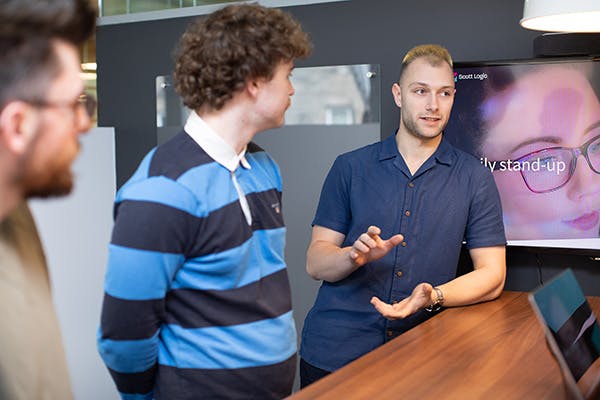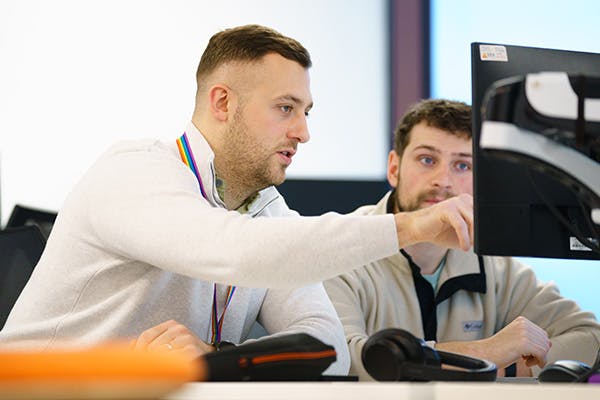Why a holistic approach is the key to a successful legacy modernisation project
When you're embarking on a legacy modernisation initiative, it’s crucial to gain a holistic understanding of the project, and you need to be able to devote sufficient time to this and involve all the right people. In this blog post, I explore this further, describing the expert input you need to draw on, the role of leadership in this context, and the kind of up-front planning that’s required.

Catherine Pratt


















